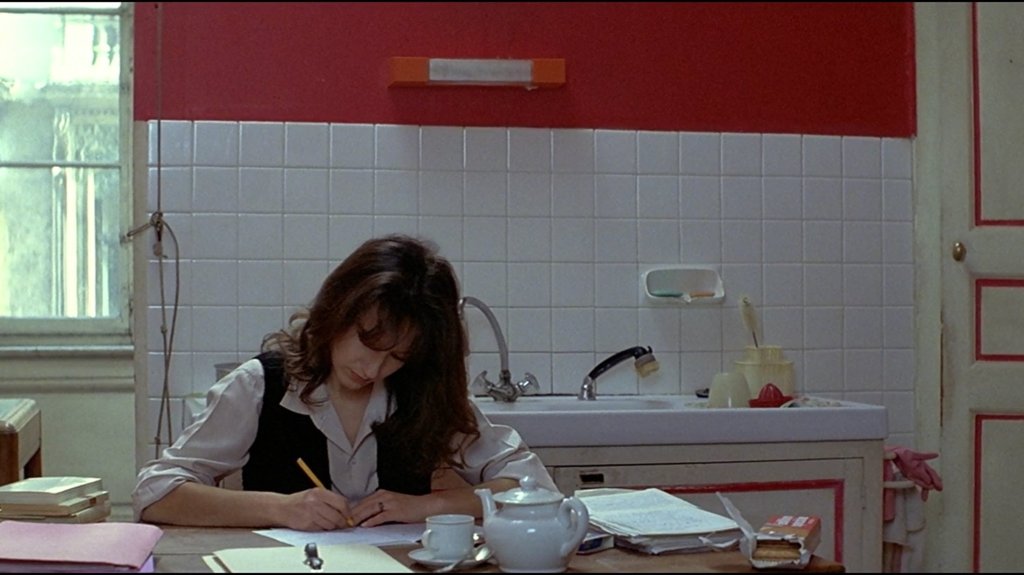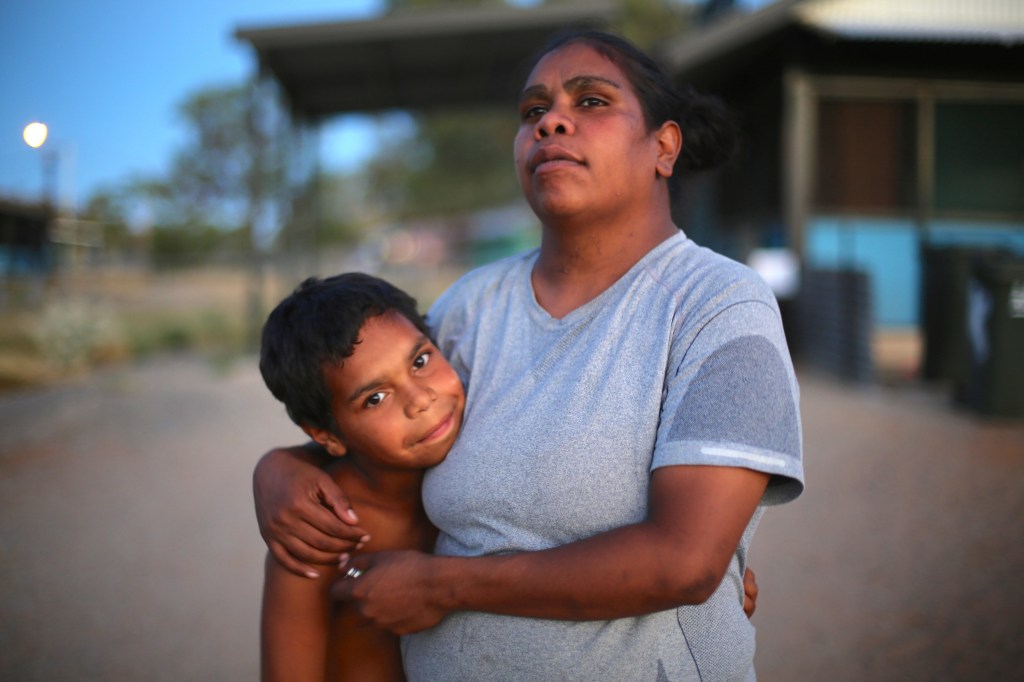
The main reason I watched Classical Period (2018) was that its running time was 60 minutes and it was available to stream on Mubi. After watching Classical Period, I grew to appreciate it more thinking about it, particularly after reading a few interviews with the director-writer Ted Fendt, a film projectionist who self-funds his movies, which are also all shot on 16mm film. Classical Period came about because Fendt knew Calvin Engime (he starred in one of Fendt’s previous films and is a friend) and that he could talk at length about particular topics that fascinated him and that he was studying at university. The film really observes Cal and others – including Evelyn (Evelyn Emile) and Sam (Sam Ritterman) – who are grad school students in Philadelphia, and are all studying Dante’s Inferno amongst other subjects. The experience of the film is like attending an honours-level tutorial where you haven’t done any reading; it can be a bit obscure and over your head (well, it was for me). Fendt films these discussions without any judgement and allows the viewers to interpret what they take away from it; these aren’t nerds who are either punishing caricatures nor are they validated as intellectual heroes. They feel real, and are not intended to be quirky indie movie clichés. Humour develops through the discussions, mainly because there are a few echoes of the same scene: someone asks a direct question and the answer given is an extended lecture, maybe more than was intended to be received. It’s essentially plotless, following the characters walking through areas of Philadelphia, or assembled in rooms to discuss classical literature, the translations and the interpretations. Awkwardness remains in human interaction despite the learned pretensions and meanings can be found across the scenes, building to a point where one of the characters can’t help but briefly puncture all of the quoting and interpretations of text with their own sense of exhaustion and lack of confidence, which felt very real to me while remaining funny and observant. I liked and admired Classical Period, maybe more than loved it, but it is clear that Fendt has a good eye for composition and the use of 16mm film looks great. I look forward to seeing more of Fendt’s micro-budget indie films as he is definitely following his own artistic impulse to capture things directly. Recommended.


